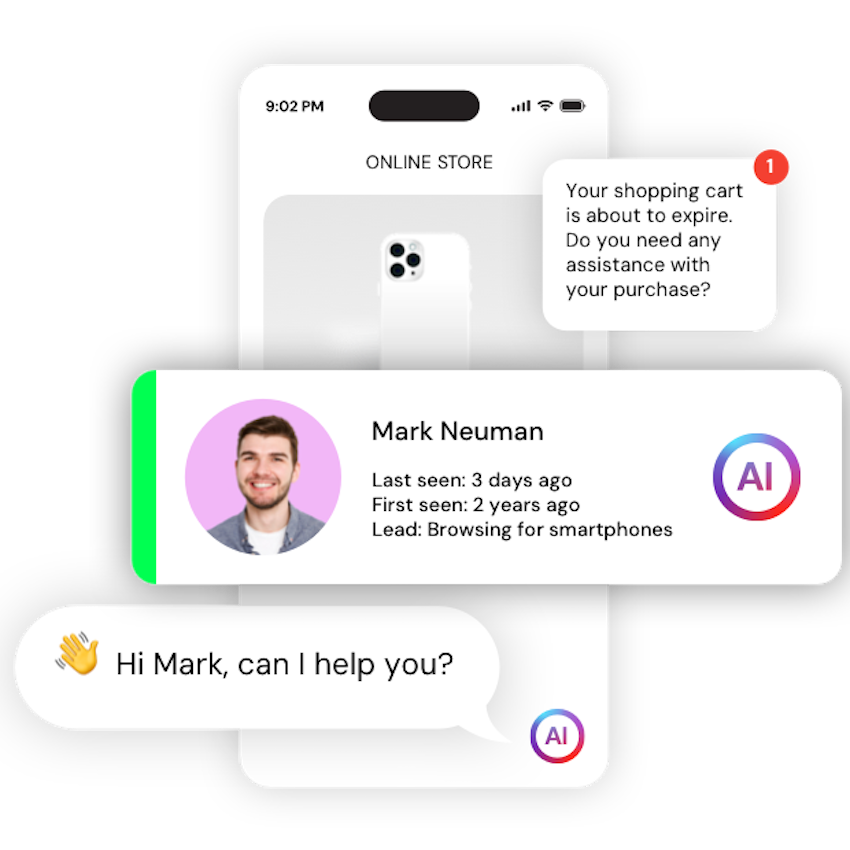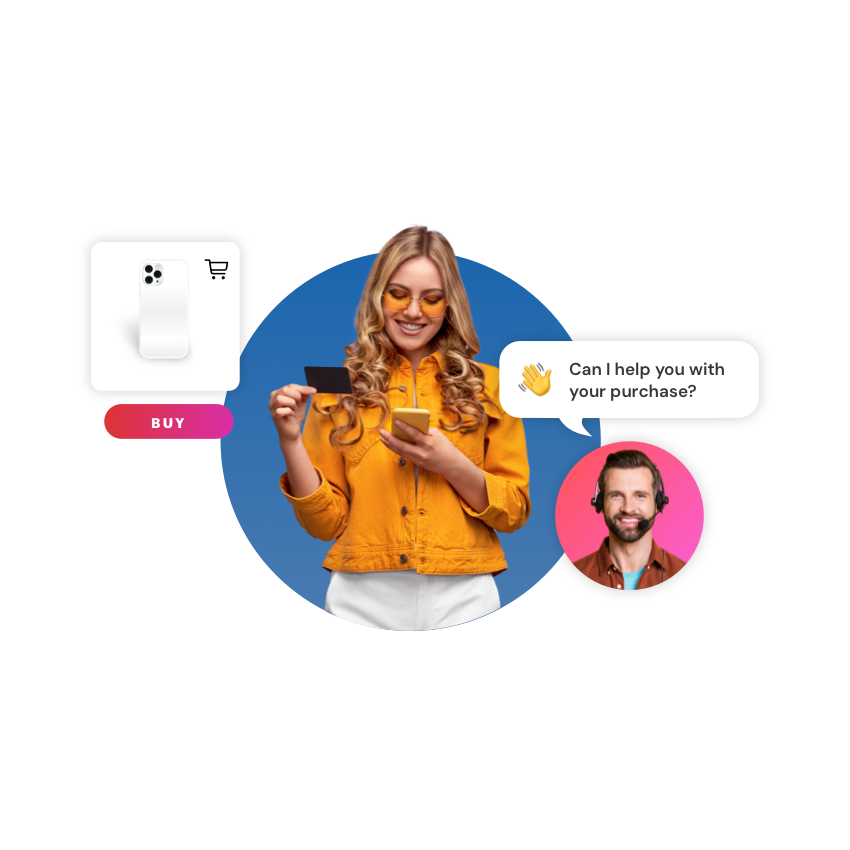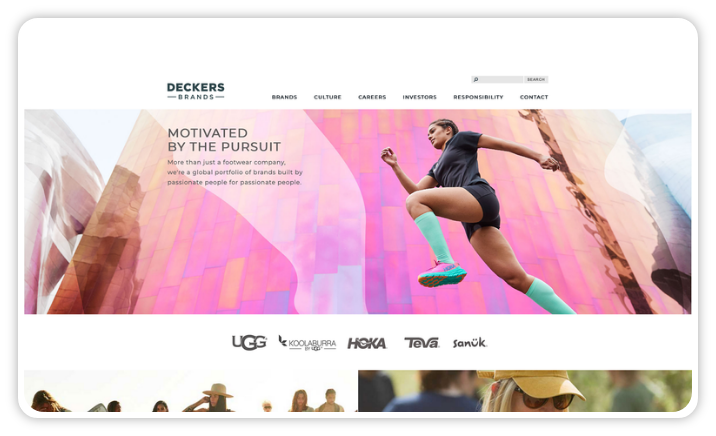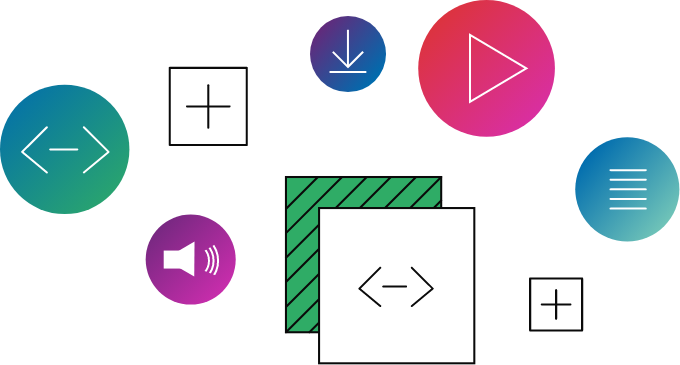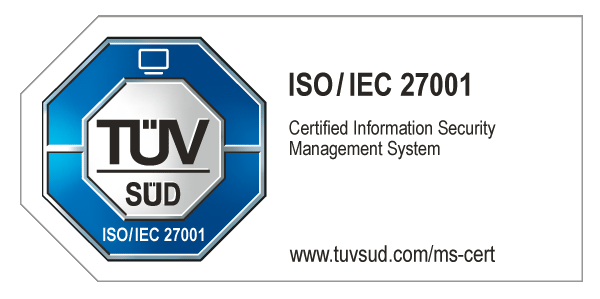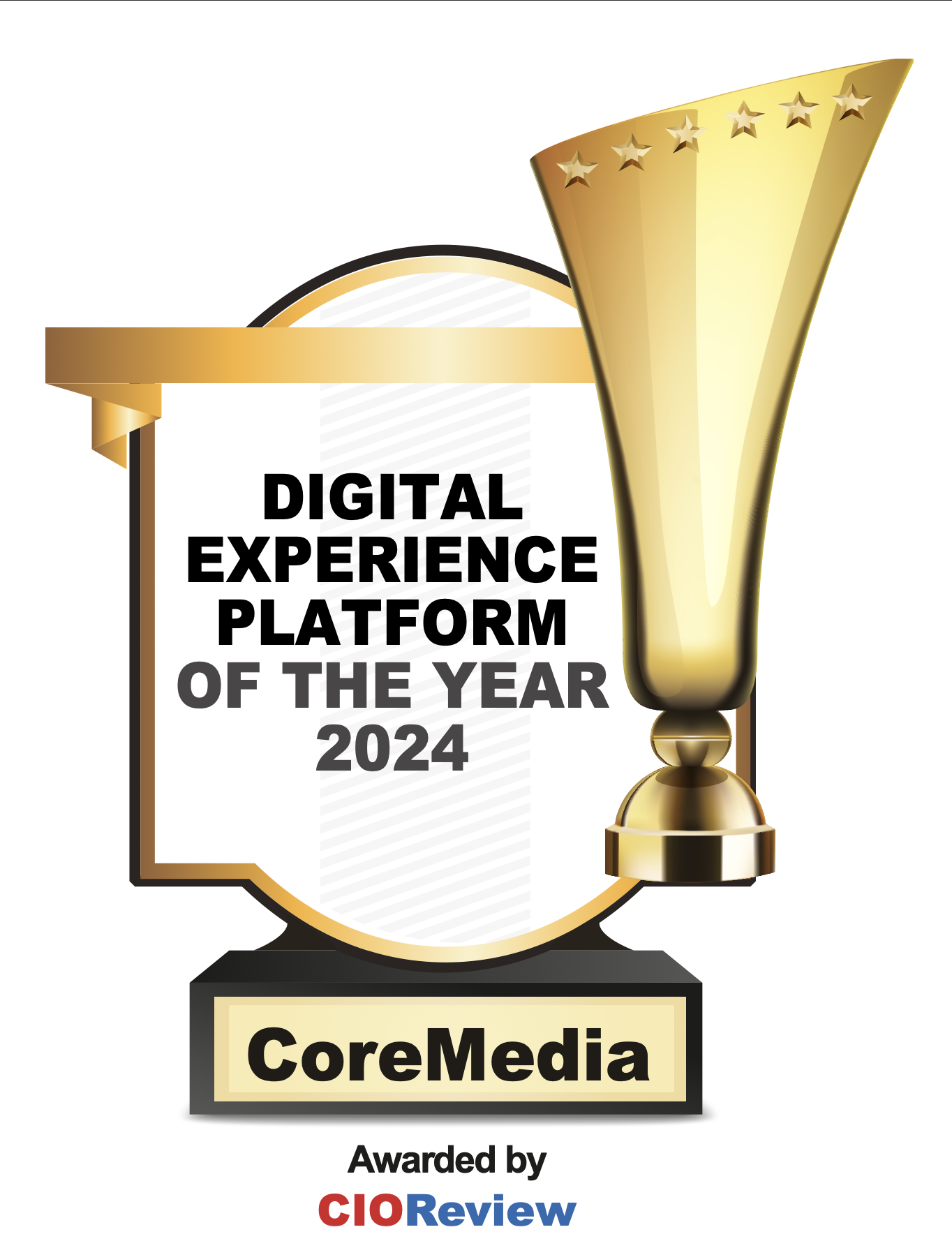CoreMedia turns 29 this year on April 19th, and what a ride it’s been. We sat down with Sören Stamer, our Co-founder and CEO, to take a walk down memory lane and get a glimpse of what’s next. Spoiler: This story involves AI, the global stages and a few bold bets that you wouldn’t expect.
The origin: It all started with a crazy demo
Back in the mid-90s, a group of curious minds from the University of Hamburg and partner universities across Europe and Canada were working on something visionary: a new programming language called Tycoon (Typed Communicating Objects in Open Environments). Think Java before Java, it was a fusion of language and database, designed for distributed systems.
In 1995, the team amazed spectators with a demo where a running program literally moved from a Windows machine to a Mac, keeping its state and data intact. It was like teleporting software over the Internet.
But when they showed it to one of Germany’s biggest software companies, they got a polite “Thanks, but no thanks.” So, the group did what determined technologists would do: they bet on the future and started a company.
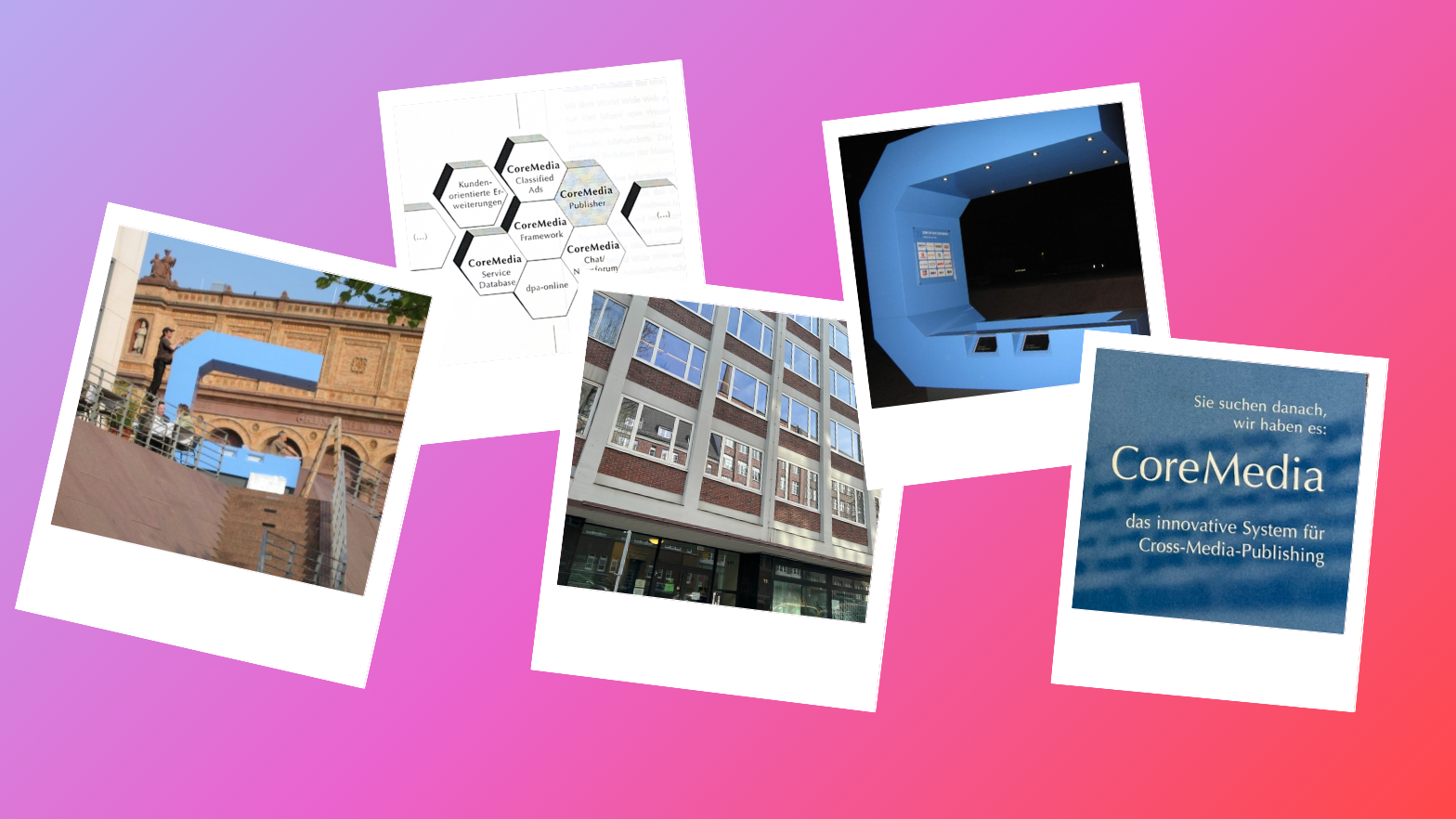
The first office and clients (and the world's most expensive desks)
Let’s just say the first office had character. Peeling paint, green walls and more “vintage charm” than style. But it was nearly free and it came with big dreams
In classic startup fashion, the team spent most of their early funding on fancy USM Haller furniture and high-end workstations. “We wanted to build something that lasts,” Sören Stamer laughs now. “And our furniture definitely did.”
There were a few close calls along the way, including the loss of a major contract mid-project. But the team pushed through believing in the great potential of smart content management, found new clients, grew steadily and even became profitable in the very first year.
With CoreMedia's first real customer — DPA, the German Press Agency — came a great opportunity: building a multimedia news service for newspaper clients. This project became more than just a milestone. It provided deep insights into managing and reusing content at scale while meeting the high-speed demands of the news industry. In a world where every second counts, CoreMedia learned early on how to deliver technology that powers editors to publish content in real-time.
That experience shaped the company’s vision for years to come.
Early innovation, before it was cool
Long before “omnichannel” was a buzzword, CoreMedia was building content platforms that could push consistent and dynamic content across mobile, web and even interactive TV. While others were stuck with static, HTML-based pages, we pioneered the innovative concept of content as an object, separate from its channel.
So, in the early 2000s, we helped telcos deliver personalized experiences. By 2010, CoreMedia powered the official website for a major international winter sports event, which became the most visited website in the world for two weeks.
Of course, not everything went according to plan. In one infamous moment, a client’s development team rolled out an update that broke their site. Images loaded fine, but every single line of text had vanished. The glitch made national news. It wasn’t our bug, but it sure became our spotlight moment.
Another time, an investor wired money without a contract or due diligence, so eager were they to jump into the internet gold rush. It was a different world. But through these experiences, we learned valuable lessons: the importance of agility and precision in delivering integrated digital experiences.
What’s next: The AI revolution powered by human interaction
CoreMedia has always had a sense for what’s coming next, from pioneering web portals in the 90s to enabling personalized commerce in the 2000s. Today it’s all about AI and the human touch.
Our CEO is clear: the next challenge is finding balance. AI can automate and personalize content experiences like never before, but brands still need control. “Especially in regulated industries, like healthcare, you can't have AI making things up,” he says. “You want automation, but you need governance.”
That’s why CoreMedia is focused on combining the strengths of both: the speed and scale of AI, paired with the uniqueness and empathy of human curation. The result? Personalized content that feels real, relevant and always on brand.
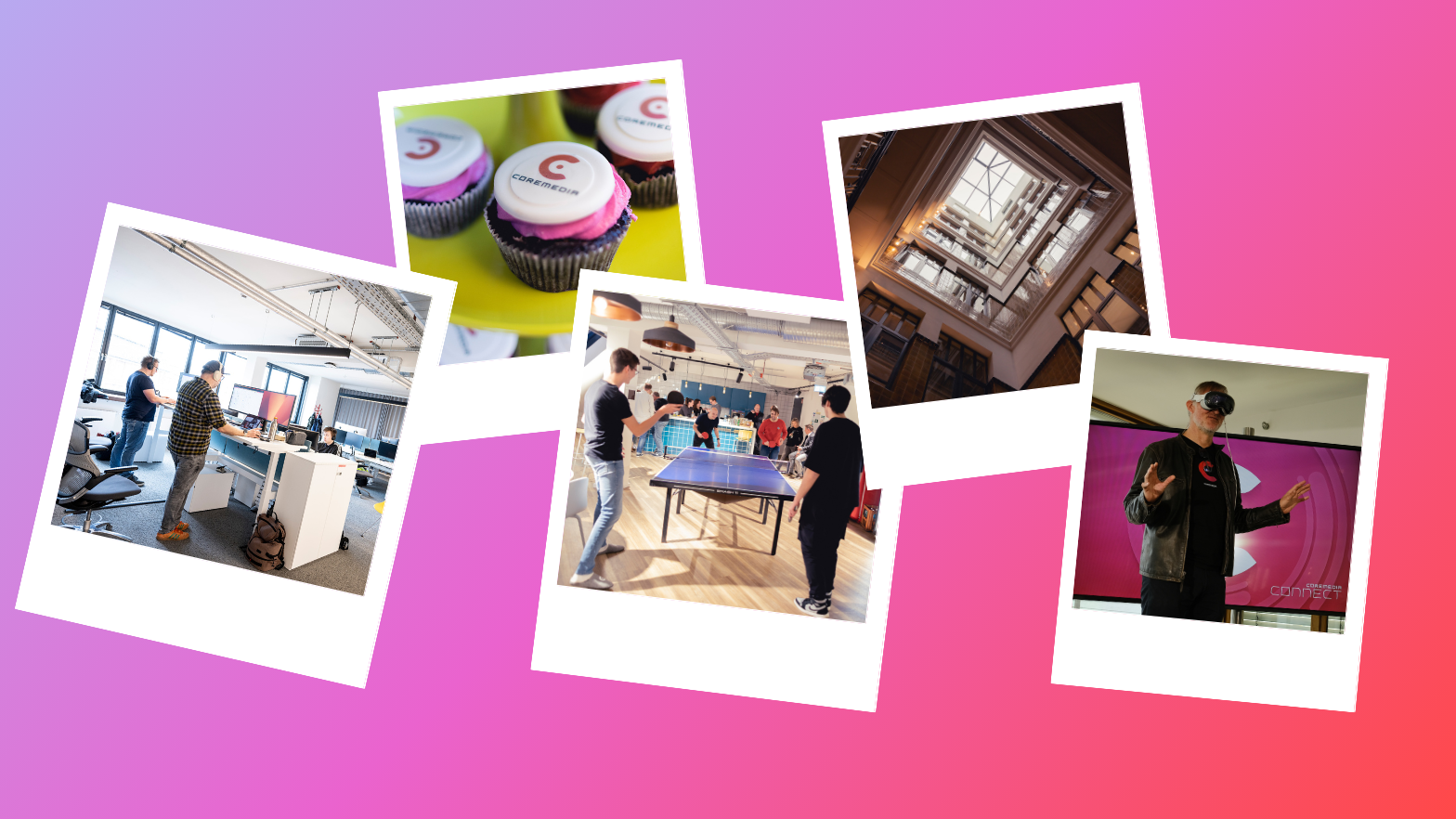
What if CoreMedia were founded today?
"It would start with AI at the core," says Sören Stamer. “But the mission would stay the same: to empower people (marketers, creatives, developers) do more, create better experiences and move faster”.
With today’s tools, almost anyone can build software, launch a business or test bold ideas. In that sense, CoreMedia’s original DNA, built on experimentation, curiosity and daring moves, feels more relevant than ever.
So, what’s the secret to nearly three decades of innovation?
“It’s about seeing the future before it becomes obvious. Whether it was the rise of mobile, the importance of privacy or the early power of X (formerly Twitter) and its potential for a wide variety of use cases, it's about seeing signals others miss - small trends that seem niche at first but become massive later”, Sören Stamer responds.
It also comes down to engineering excellence and solving more than just isolated challenges. CoreMedia has always aimed to tackle entire categories of problems. That’s how we reimagined content in a way that still feels ahead of its time.
Looking back, our story is one of reinvention, resilience and refusing to settle for the obvious path. From old, carpeted offices to global enterprise platforms, it’s been a journey powered by bold ideas and the people willing to chase them. And at 29 years young, the journey is far from over.
Happy Birthday, CoreMedia! The best is yet to come.

